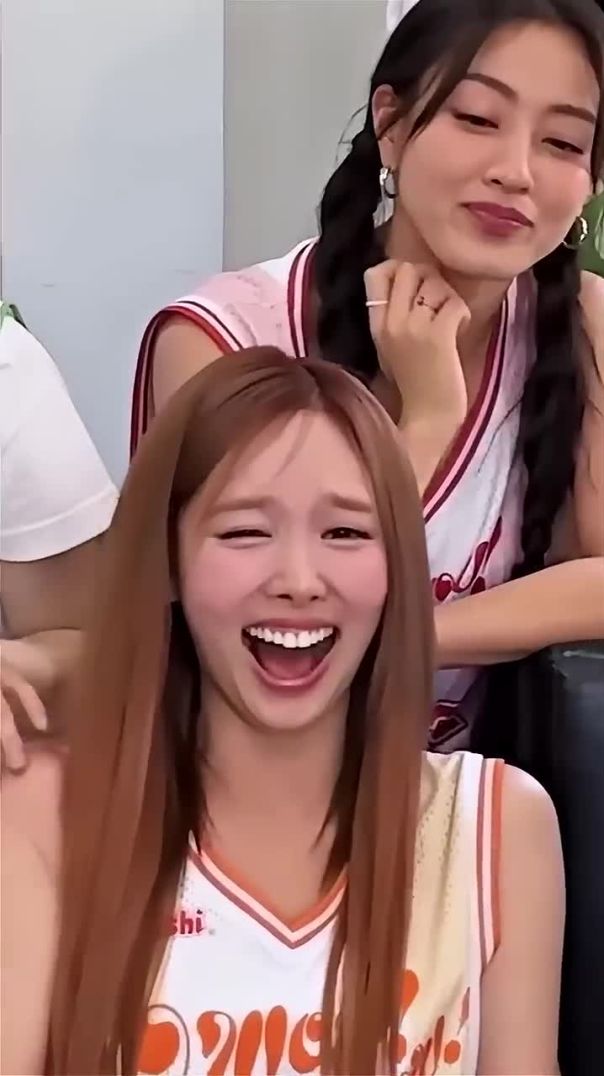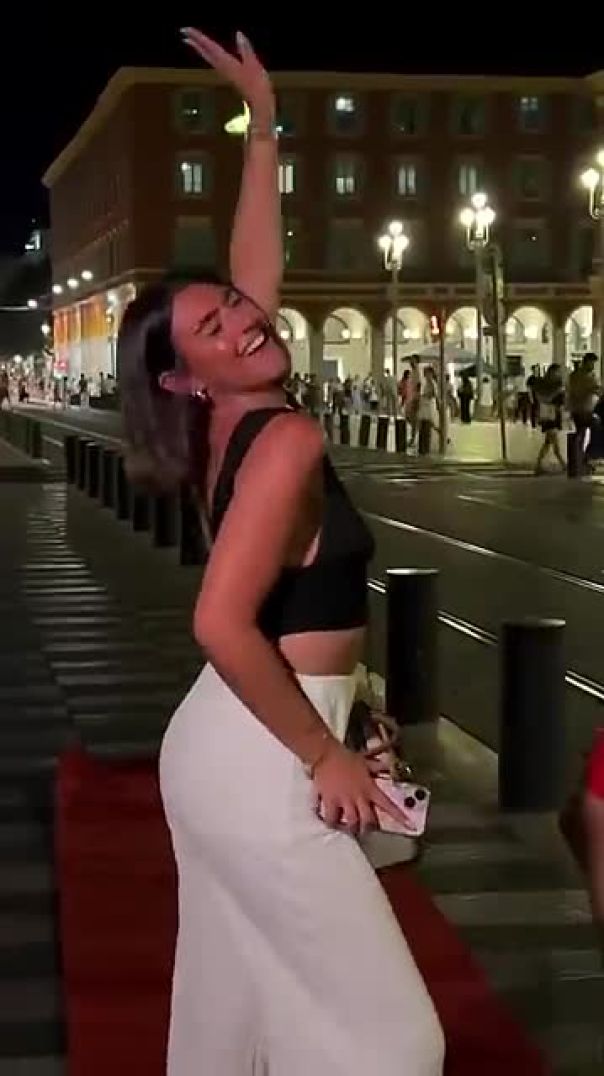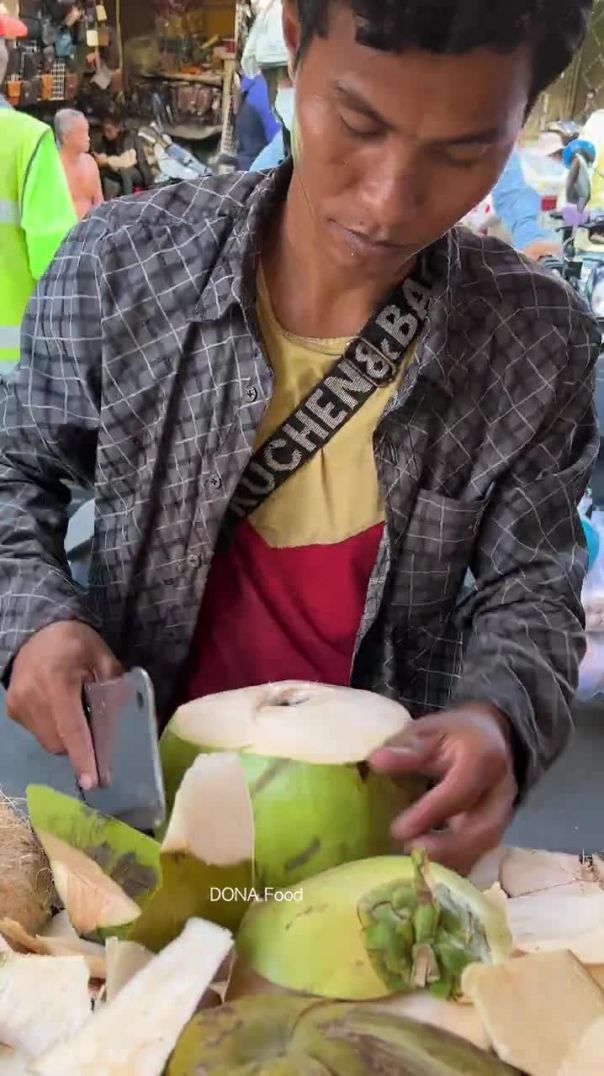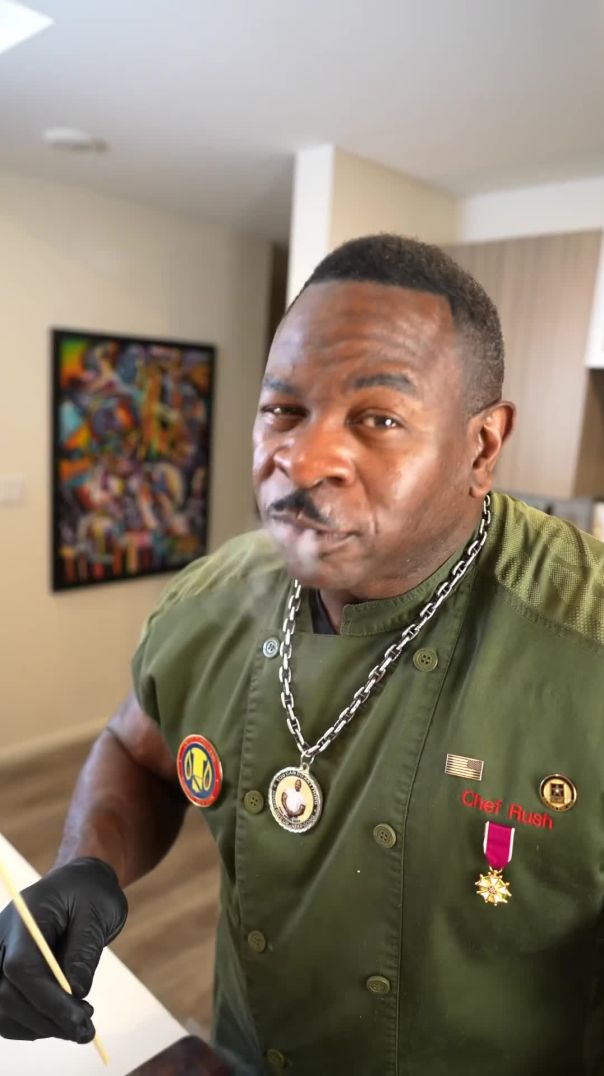3 Views· 06 October 2022
Human Heart Anatomy And Physiology | How Human Heart works? (3D Animation)
Human Heart Structure and Function
The heart is a muscular organ about the size of a fist, located just behind and slightly left of the breastbone named sternum. The human heart pumps blood throughout the body via circulatory system, supplying oxygen and nutrients to the tissues and removing carbon dioxide and other wastes.
• The heart consists of four chambers,
Two chambers are located in the upper portion of the heart called atria which consist of right and left atrium. While the two chambers are located in the lower portion of the heart called right and left ventricles.
• The right atrium receives deoxygenated blood from the veins and pumps it to the right ventricle.
• The right ventricle receives that blood from the right atrium and pumps it to the lungs, where it is loaded with oxygen.
• The left atrium receives oxygenated blood from the lungs and pumps it to the left ventricle.
• The left ventricle pumps oxygen-rich blood to the rest of the body.
Each chamber of the heart is separated by valves that only permit blood to flow in one direction.
The tricuspid valve is located between the right atrium and right ventricle and opens due to a build-up of pressure in the right atrium.
The bicuspid valve is located between the left atrium and left ventricle and likewise opens due to a build-up of pressure in the left atrium.
The semilunar valves stop the back flow of blood into the heart. There is a semilunar valve where the aorta leaves the left ventricle and another where the pulmonary artery leaves the right ventricle.
The right-hand and left-hand side of the heart is separated by muscular wall called septum. The septum prevents the mixing of oxygenated and deoxygenated blood.
The heart pumps blood through the network of arteries and veins called blood vessels.
The vessels that bring blood to the heart are called veins, while the vessels that carry blood away from the heart to other regions of the body are called arteries.
There are four main blood vessels that take blood into and out of the heart.
1. the aorta is the largest artery in the body. It carries oxygenated blood away from the left ventricle to the body
2. the vena cava is the largest vein in the body. It carries deoxygenated blood from the body back to the heart
3. the pulmonary artery carries deoxygenated blood away from the right ventricle to the lungs
4. the pulmonary vein returns oxygenated blood from the lungs to the heart
==========================================================================
#HumanHeart
#HeartAnatomy
#HeartPhysiology
#Heart
human heart structure
human heart function
working of human heart
human heart anatomy
human heart physiology



























0 Comments